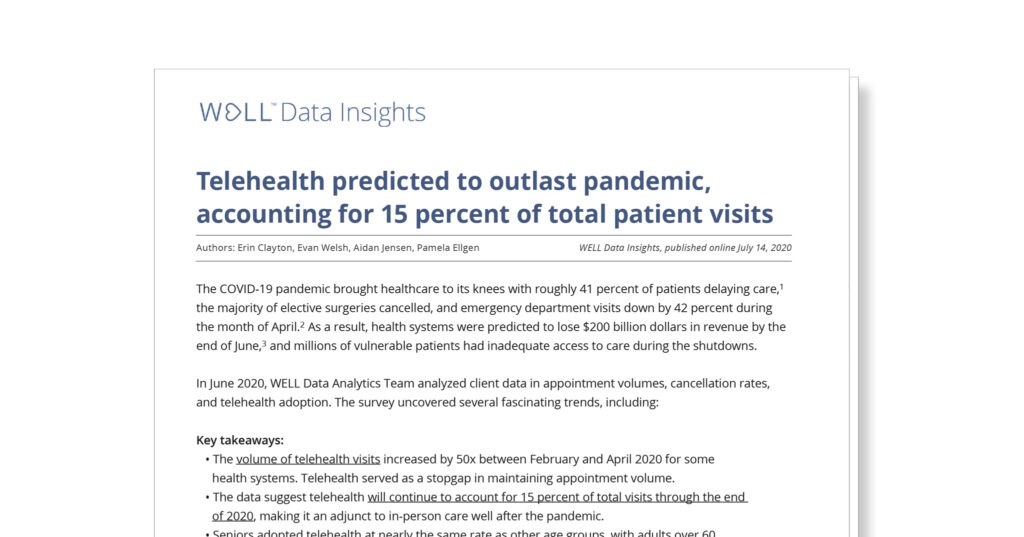
Reaching out, responding to and reassuring patients at every turn during COVID-19 — whether about how to join a telehealth visit or new waiting room protocols — have increased the workload and stress of clinical support staff.
Even before the COVID-19 pandemic, many clinical support staff had to manage antiquated patient communications systems (e.g., robocalls) that frustrated patients and failed to deliver the positive experience provider organizations desired.
Unfortunately, both patients and staff have lost — and continue to lose — valuable time due to these outdated ways of communicating, such as holding for minutes on end, playing ongoing phone tag or missing each other altogether. COVID-19 has exacerbated these situations — jeopardizing patient health and experience, as well as staff well-being.
A 2021 Artera study of 320 frontline clinical support staff, all of whom communicate and coordinate directly with patients outside of the office, found:
– 88% report moderate to extreme burnout, with more than half (56%) rating it on the high to extreme end.
– 82% believe the patient-communication process is a direct cause of their burnout. 96% report phone-based communication as their primary method of patient communication, indicating the time-consuming and frustrating process is a huge issue.
– Nearly two-thirds (63%) have considered quitting because of the stress caused by patient communication.
What is the state of staff burnout today? Read the 2022 report to find out.


